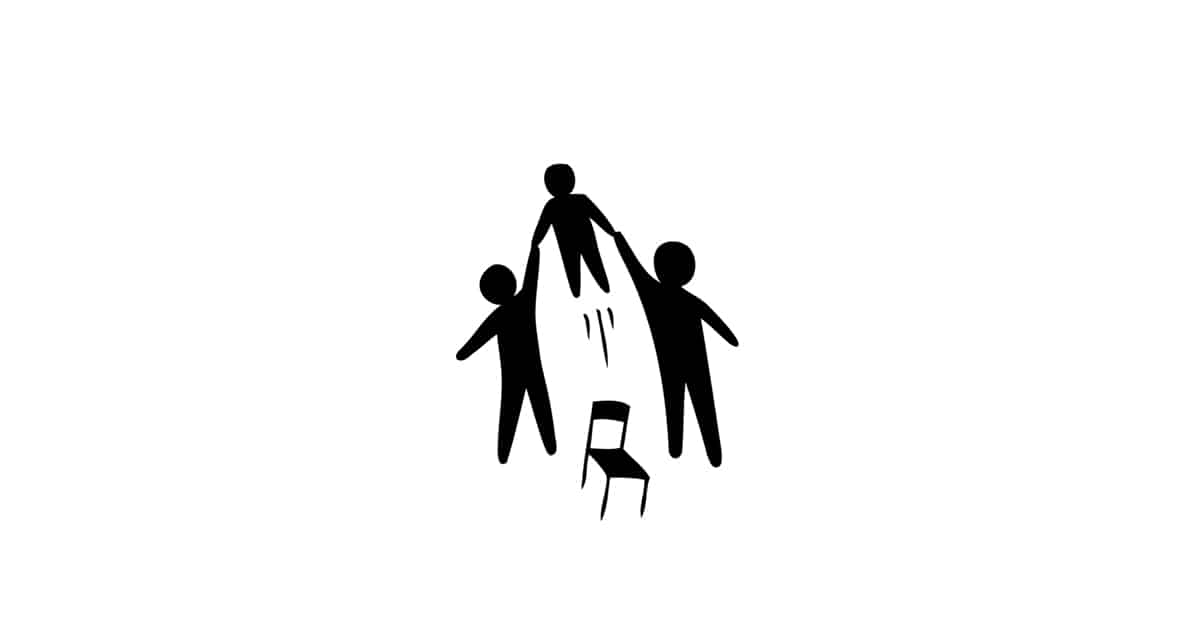
Student-Led Conferences (SLCs) flip traditional parent-teacher conferences to put students in charge of an important conversation about their experience in school. All students deserve the opportunity to reflect on their life at school with adults who care about them. Families and teachers can form strong networks of support when they build relationships together and hear about learning experiences directly from students. SLCs empower students to develop a range of skills and mindsets that foster a growing sense of responsibility, healthy communication, and leadership.
Who attends
The student, at least one significant adult such as a family member, and at least one teacher.
Time commitment
15 to 30 minutes per conference.
What to bring
The student, with the teacher’s support, brings work samples from each of their classes and extracurriculars, including drafts, final products, photos, and more. The work is selected by the student to appropriately reflect the breadth of their current school experience, and encourage a conversation that goes deeply into how school is going for them, including successes and challenges. Curating a portfolio is an excellent step in preparation, and supports the conversation.
For the panel of educators and significant adults:
For the student to ask their panel:

Student-Led Conferences (SLCs) flip traditional parent-teacher conferences to put students in charge of an important conversation about their experience in school. All students deserve the opportunity to reflect on their life at school with adults who care about them. Families and teachers can form strong networks of support when they build relationships together and hear about learning experiences directly from students. SLCs empower students to develop a range of skills and mindsets that foster a growing sense of responsibility, healthy communication, and leadership.
Who attends
The student, at least one significant adult such as a family member, and at least one teacher.
Time commitment
15 to 30 minutes per conference.
What to bring
The student, with the teacher’s support, brings work samples from each of their classes and extracurriculars, including drafts, final products, photos, and more. The work is selected by the student to appropriately reflect the breadth of their current school experience, and encourage a conversation that goes deeply into how school is going for them, including successes and challenges. Curating a portfolio is an excellent step in preparation, and supports the conversation.
For the panel of educators and significant adults:
For the student to ask their panel: